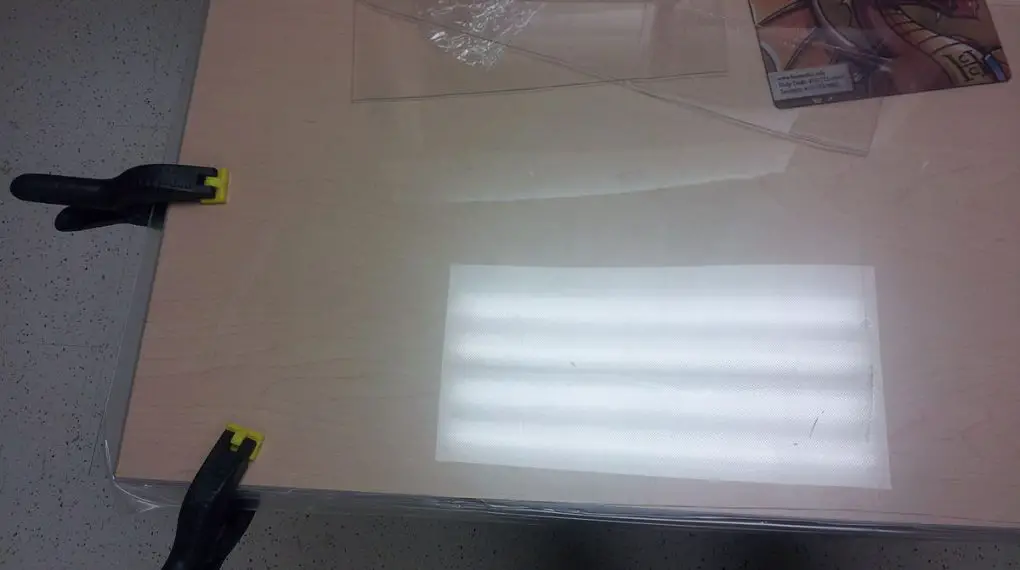If you’re looking to achieve smooth and polished finishes, sanding plexiglass edges is an essential skill to master. Whether you’re working on a DIY project or professional piece, this guide will walk you through the process, ensuring that even a novice can achieve professional results.

2jjones, CC BY-SA 3.0 https://creativecommons.org/licenses/by-sa/3.0, via Wikimedia Commons
Sanding Plexiglass Edges: Materials and Tools Needed
- Plexiglass sheet
- Wet/dry sandpaper (ranging from 220 to 600 grit)
- Water
- Soft cloth
- Sanding block or electric sander (optional)
Step 1: Prepare the Plexiglass
Before you begin sanding plexiglass edges, ensure that the surface is clean and free of any debris. Use a soft cloth to wipe down the plexiglass, removing any dust or particles that may scratch the surface.
Step 2: Start with Coarse Sandpaper
Choose a 220-grit sandpaper to start with. If using a sanding block, wrap the sandpaper around it. Wet the sandpaper with water and gently sand the edges in a circular motion. Apply even pressure to avoid gouging the material.
Step 3: Progress to Finer Grits
As the edge becomes smoother, progress to finer grits such as 320 and then 600. Repeat the sanding process, always keeping the sandpaper wet. This will create a polished finish.
For more articles on sanding, click here: Sanding: Your Full-Circle Guide to Smooth Mastery
Step 4: Final Polishing
For a final polish, use a soft cloth and a little water to buff the edges. This will remove any remaining scratches and leave a clear, smooth finish.
Conclusion
Sanding plexiglass edges is a straightforward process that can be mastered with a little patience and attention to detail. By following these steps, you can achieve professional results in your own workshop or home.